The Stellar Way
The Good, the Bad, and the Ugly— A counselor’s reflection of my life.
Dedicated to my brother, Don, my very first Superhero, whose Light I want to emulate and steps I want to follow.
Introduction — An Overview
This is my story. And to a large extent, this is also my mother’s story. If she were alive today, she would not be comfortable with me sharing it. To be honest, I am not exactly comfortable telling it. In fact, two years ago, I began sharing my story, but Shame reminded me of how many times I have made a complete fool of myself, so I stopped writing and submitted to his will. However, if our story remains untold, our emotional struggles that played havoc in both of our personal and professional lives will be for naught, Shame will have been victorious, and the people in my life who have supported me along the way (my village; my Superheroes) will not have been honored.
So, our story—the good, the bad, and the ugly—will be told with the intent of examining the significance of my own emotions to better understand their provenance (clinically called “etiology”) and to look at how they manifested in my own life, as well as my mother’s.
My story actually has two versions. First is a fictional story, which has been depicted in my children’s book, The Stellar Way: Discovering the Star Within. The book focuses on two main characters: Kelly, a 12-year-old girl (my alter ego) who believes that she has a miserable, rotten life and wears a “chip” on her shoulder as proof, and Sparky, a 500-year-old star (a Superhero) who teaches Kelly to become a star in her own right. Woven into the story are actual events that have transpired in my own life but are told through a fictional lens.
Its non-fiction, bibliotherapy-based (a story with therapeutic value) anger management curriculum guide was created as a result of what seemed to be a divinely orchestrated meeting at a charity event, when I encountered two female executives discussing the need for anger management for second graders. I approached them, introduced myself, and told them that I had overheard their conversation and was, in fact, in the process of developing an anger management curriculum for second graders to accompany the children’s story that I had just written. I explained that I had recently started graduate school and was planning on testing the curriculum for my thesis. Believing that Sparky’s potential was tantamount to SpongeBob’s, only with a therapeutic/educational component, I requested early permission to begin my thesis and test the curriculum. Permission was granted, and my curriculum proved to be statistically significant in two different studies!
Coincidentally—or as I like to believe, divinely orchestrated—both versions use the same illustrations, each one illustrating a fictional event as well as an actual event. Serendipitous events like this have seemed routine throughout my over-two-decade journey trying to get my story out into the world, repeatedly reminding me of my soul’s purpose and acting as fuel for my passion.
The second version of my story (the one you are currently reading), The Stellar Way: The Good, the Bad, and the Ugly—A counselor’s reflection of my life, contains many of my experiences which led to the fictional The Stellar Way’s inspiration. This story is a non-fiction, personal account examining what transpires when a child like myself does not have a secure attachment (a Superhero, if you will).
Clinically speaking and based on extensive research, when a child feels a strong connection with another person—a secure attachment—the three parts of the brain operate properly and efficiently, with the Executive State overseeing the activities of the Emotional State (the prefrontal lobes) and the Survival State (the brain stem). However, when a child does not have a secure attachment, the brain becomes disorganized and is wired ineffectively with the Emotional State taking charge, which inhibits the Executive State from developing.
This is problematic. As Dr. Becky Bailey (founder of Conscious Discipline) metaphorically explains, “the Executive State will stand there and repeatedly watch the Emotional State do stupid things. Furthermore, our cognitive resources all support trying to seek the approval of others, to go after the biggest stimulus out there. We seek status so that our emotional needs are met.” This describes me to a T, as I believe my actions have been in an effort to gain approval. I could easily be Dr. Bailey’s poster child.
My pursuit of understanding emotions began in 2001, when I started working at juvenile court. Knowing my own emotional struggles and seeing those of others was alarming and life changing, because the void in these children’s eyes lacked any connection or even a desire to have one. Like me, those in the juvenile court system seemed lost, but unlike me, they had no desire to find their way. They seemed resigned to and content with their chosen path.
The breadth and depth of children’s involvement in violence and crime was staggering. The village I believed I lived in no longer existed. The course of our community and nation was in crisis. I was determined to take action and do what I could to right our course and proactively keep children from becoming involved in the court system.
This desire led to my creation of Sparky, a Superhero that helps children connect and regulate their emotions. Sparky was divinely inspired. In that moment, I believed (and still do) that Sparky was God’s gift to me and one I was to give to the world. In my mind’s eye, I saw Sparky being available on Target’s shelves and in the hands of children throughout the world. My soul’s purpose had been defined, and I was determined to tender it accordingly.
So, with my ego’s need for approval and my soul’s purpose each vying for the upper hand, I have chased my tail around and around trying desperately to give to the world what I needed most—a Superhero that helps children increase their social and emotional intelligence and better connect with others—with the intention of improving the landscape of our villages, our communities, and our world.
Years of multiple attempts have been followed by multiple failures. People watching my attempts have described my behavior as “ready, fire, aim.” My reactions were typically defensive, and I was unwilling or unable to see how their descriptions matched my actions. But looking back, I would agree with their evaluations. I would even add that my ready and speeding spirit was like that of the Road Runner, my aim was equivalent to Elmer Fudd’s, and my results were like Charlie Brown’s. And after each failure, I would dust myself off and do it all over again, with even more determination to fulfill my soul’s purpose and prove myself worthy—for over 20 years.
Who does this? I do.
My last failure was a colossal one, and it transpired in October 2019. The battle between my soul’s purpose and my ego had not produced a winner, and my spirit was exhausted. Tears of repeated failures bubbled up and spilled over, and stopping them seemed impossible. Shame took me to my knees, ultimately resulting in a trip to the emergency room.
It has taken many sessions with my counselor, extensive reading of Brené Brown’s work (I could easily be her poster child for Shame), and over a year to process what transpired and extinguish Shame, along with his lingering debris.
In case you haven’t read my previous blog posts, I will be republishing them here. Please join me as I share more of my journey and how Superheroes led me to Grace and, finally, to the realization that I am worthy. I am enough.


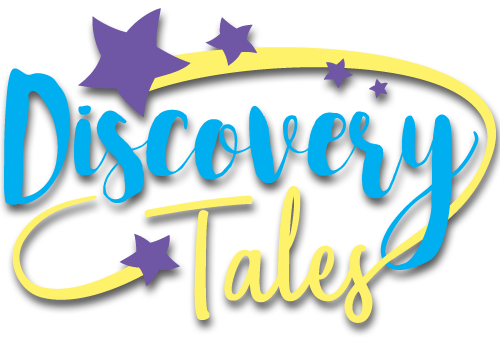
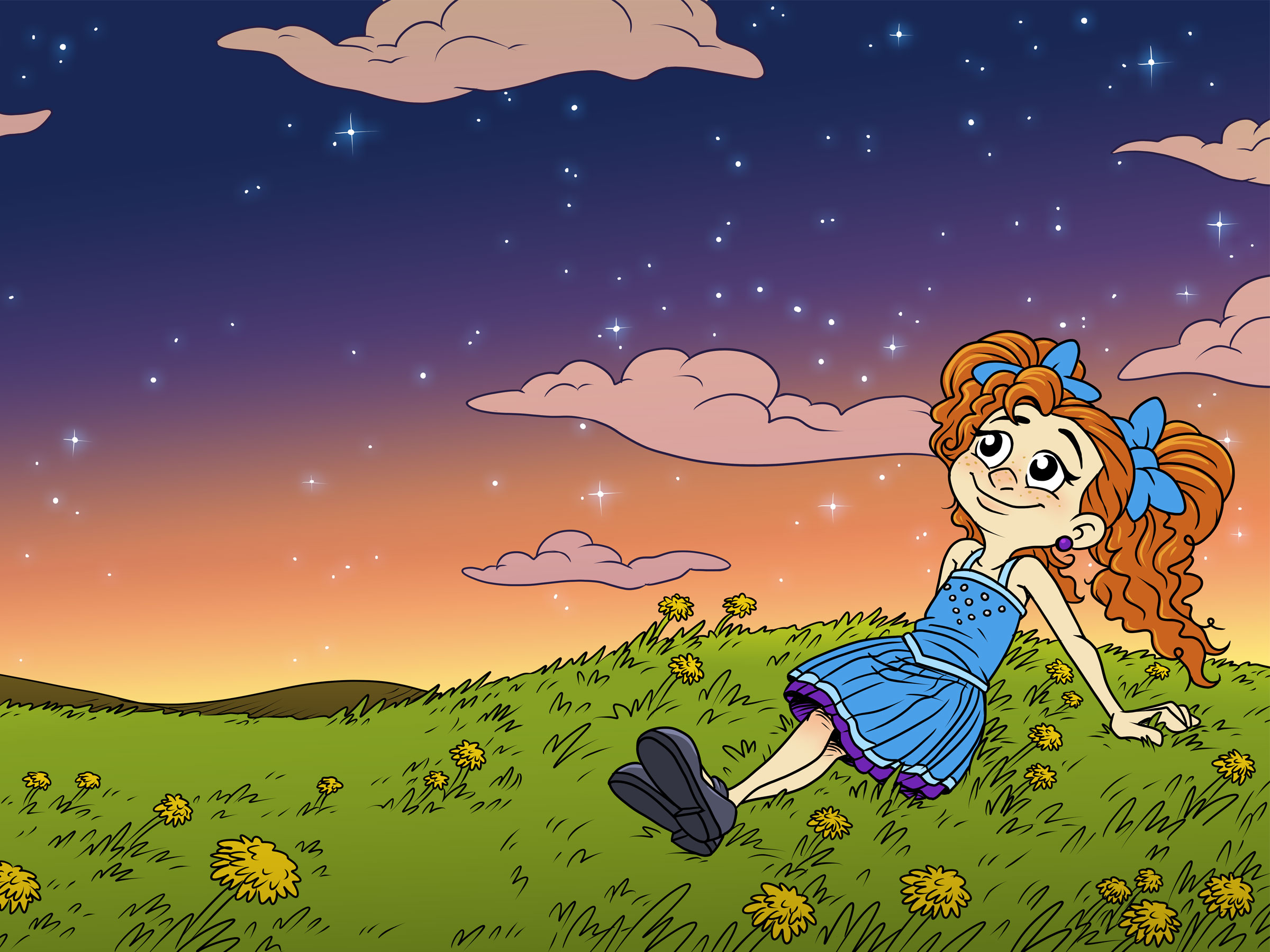
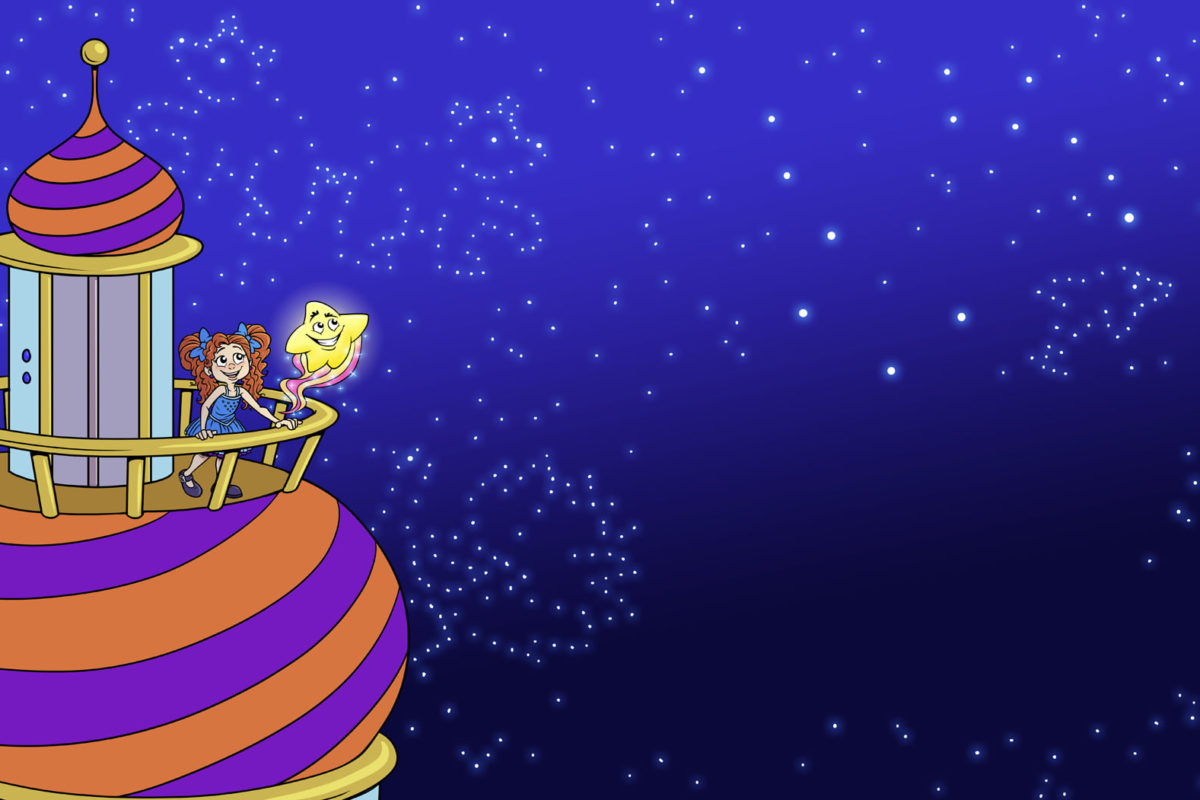

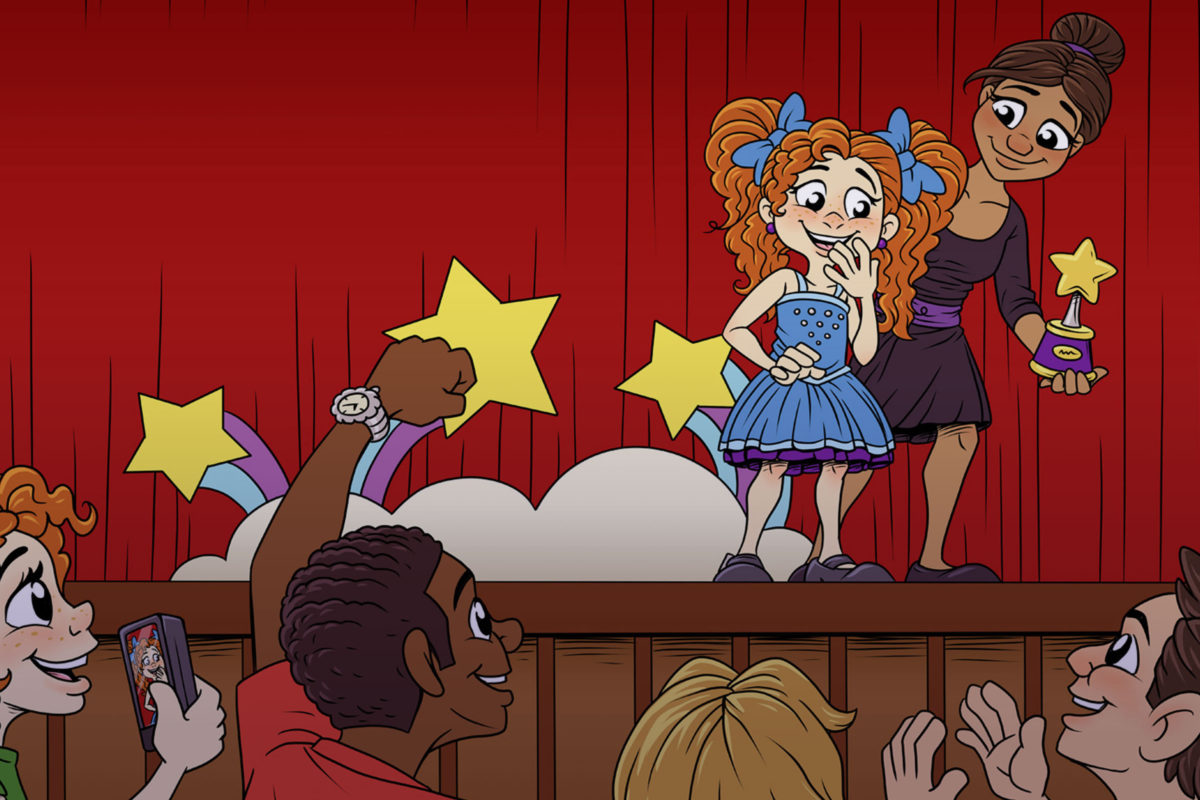





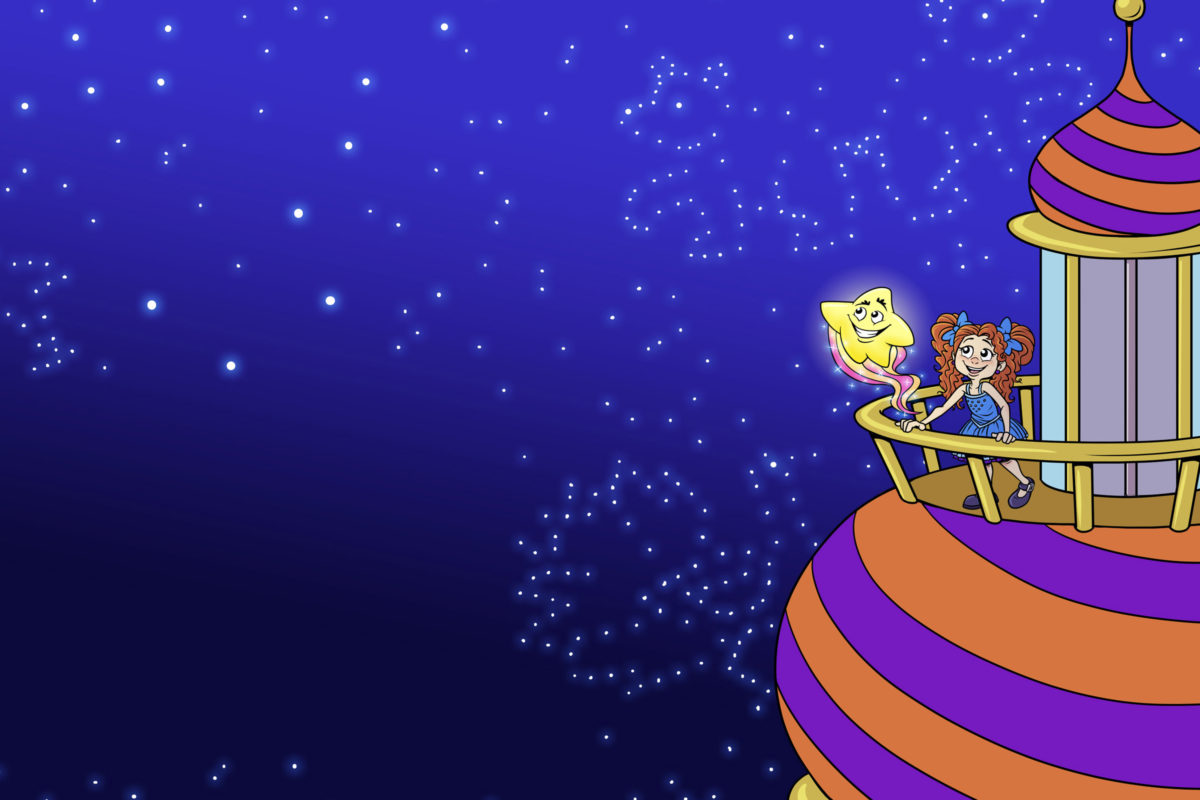
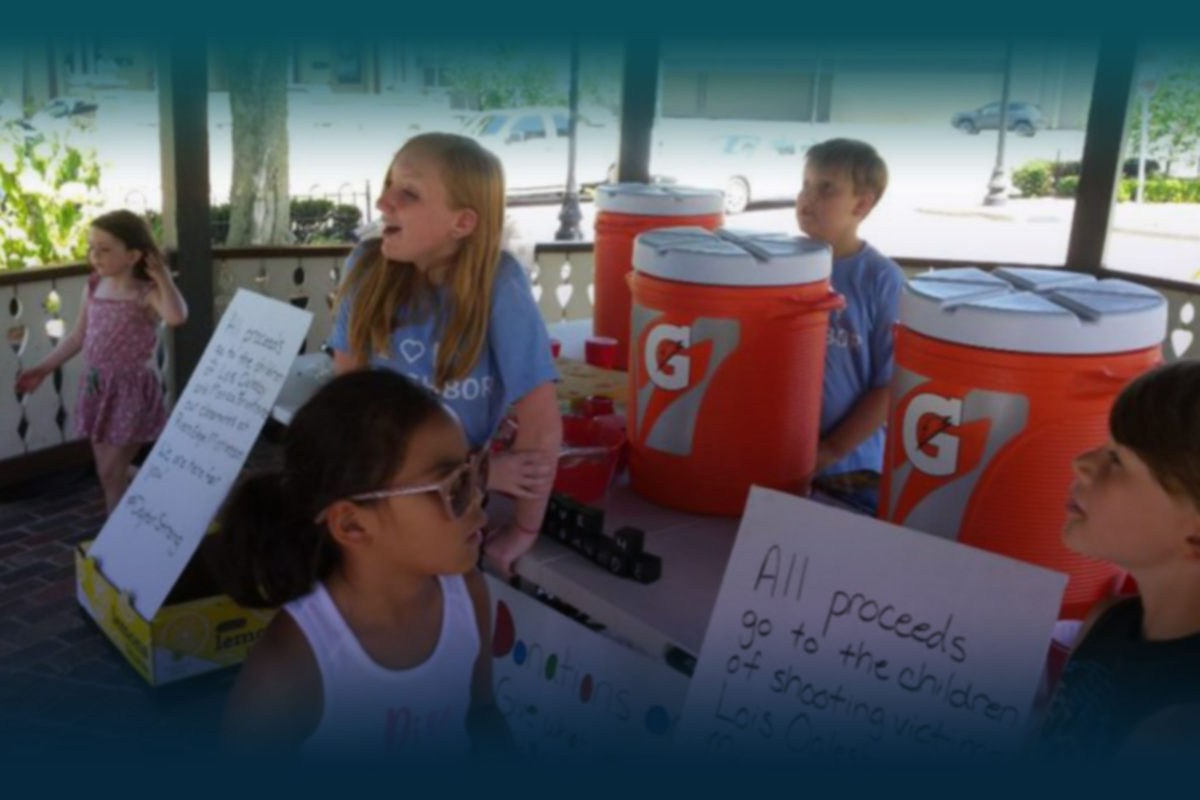

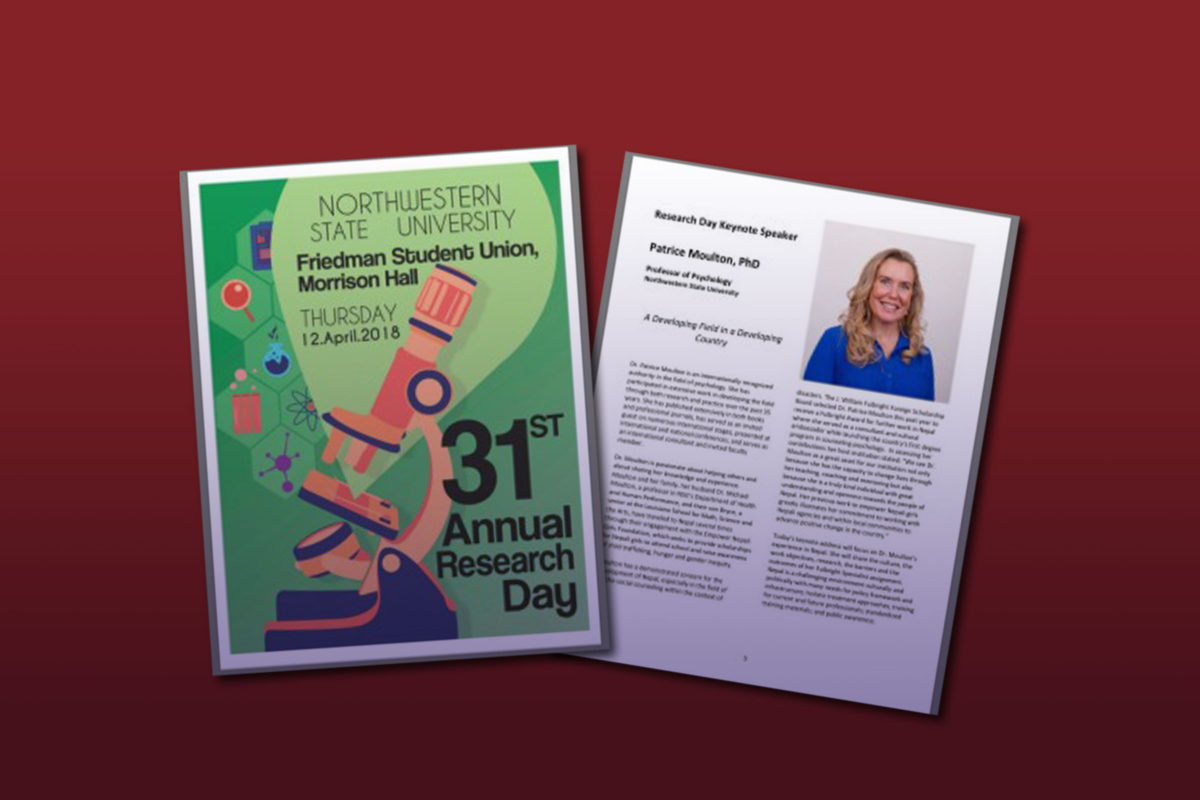




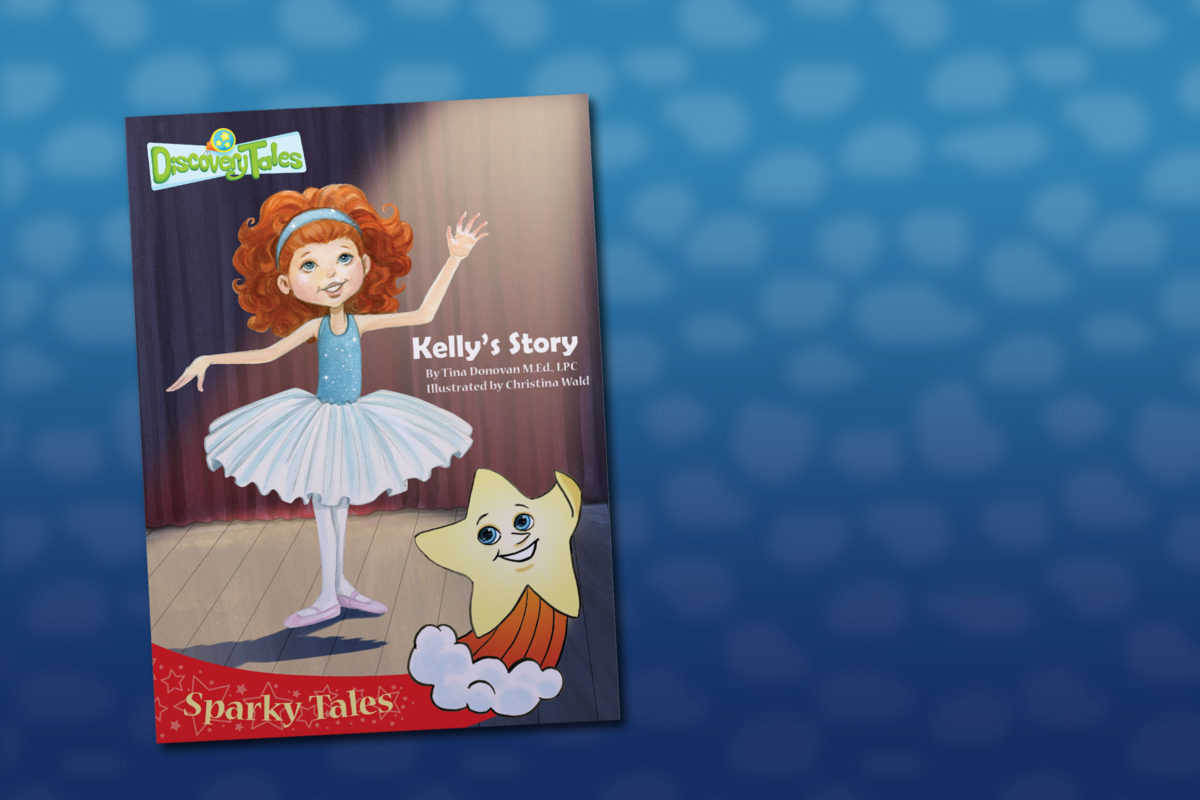
Leave a Comment